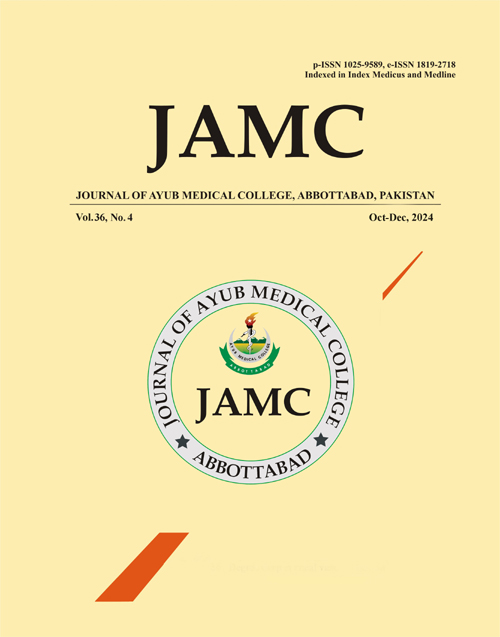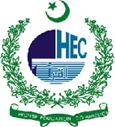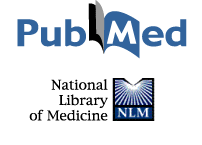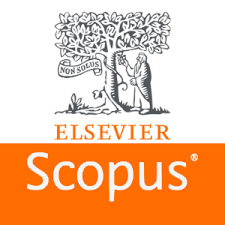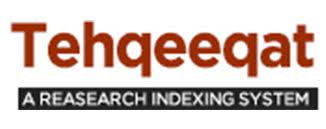GUIDELINES FOR THE PROCESS OF CROSS-CULTURAL ADAPTATION AND TRANSLATION OF THERAPEUTIC MODULES
DOI:
https://doi.org/10.55519/JAMC-04-13584Keywords:
Cross-Cultural Adaptation and Translation, Translation-Back-Translation Model Guidelines, Therapeutic ModulesAbstract
Background: Language is a very important aspect for the adaptation and translation process. For many people, their native language is not just a means of communication but a vessel of cultural identity and emotional expression. When individuals are experiencing the difficulties of life, they should have the chance to address them using a language that truly connects with their personal experiences. Adapting and translating therapeutic modules to align with cross-cultural settings is important to ensure effectiveness and practicality among different populations. The objective of this article is to provide the guidelines for the process of cross-cultural adaptation and translation-back-translation of the therapeutic modules, and also provide the guidelines to test the reliability and validity of the translated version of therapeutic modules. Method. The Back-to-Back translation model (10) was used in this study for the guidelines of adaptation and translation of therapeutic modules. Following the instructions in this document made the process of adaptation and translation simpler. Results. Results showed that the (10) is a significant model and provided a systematic and comprehensive way for adaptation and translation of therapeutic module with make little changes in reaction to feedback and cultural awareness. Conclusion. At the end, it emphasised how important it is to conduct an extensive study to determine the effectiveness and cultural compatibility of the updated modules. However, these principles ultimately enhance effective and inclusive health care, providing health professionals with a foundation for adapting and translating therapeutic processes to diverse cultural conditions.
References
1. Ahmed S, Malik TA, Naveed A. Adaptation and Concurrent Validity of Screen for Children Anxiety Related Emotional Disorders (SCARED). NUST J Soc Sci Hum 2020;6:29–43.
2. Day S, Laver K, Jeon Y, Radford K, Low L. Frameworks for cultural adaptation of psychosocial interventions: A system-atic review with narrative synthe-sis. Dementia 2023;22(8):1921–49.
3. Koç V, Kafa G. Cross-Cultural Research on Psychotherapy: The Need for a Change. J Cross Cultur Psychol 2019;50(1):100–15.
4. Hendriks T, Graafsma T. Guidelines for the cultural adapta-tion of positive psychology interventions. Caribbean J Psy-chol 2019;11(1):7–32.
5. Pestoff R, Danielsson H, McAllister M, Johansson P, Gun-narsson C. Translation, cross‐cultural adaptation, and prelim-inary validation of a patient‐reported outcome measure for genetic counselling outcomes in Sweden. J Genet Coun 2024;34:e1986.
6. Khan A, Malik TA, Ahmed S. Riaz A. Translation, Adaptation and Implementation of Coping Cat Program with Pakistani Children. Child Youth Care Forum 2020;49:23–41.
7. Guillemin F, Bombardier C, Beaton D. Cross-cultural adapta-tion of health-related quality of life measures: literature re-view and proposed guidelines. J Clin Epidemi-ol 1993;46(12):1417–32.
8. Muñoz-Cabello P, García-Miñaúr S, Espinel-Vallejo ME, Fernández-Franco L, Stephens A, Santos-Simarro F, et al. Translation and Cross-Cultural Adaptation with Preliminary Validation of GCOS-24 for Use in Spain. J Genet Couns 2018;27(3):732–43.
9. Bullinger M, Alonso J, Apolone G, Leplège A, Sullivan M, Wood-Dauphinee S, et al. Translating health status question-naires and evaluating their quality: the IQOLA Project ap-proach. International Quality of Life Assessment. J Clin Epi-demiol 1998;51(11):913–23.
10. Brislin RW. Back-Translation for Cross-Cultural Research. J Cross Cultur Psychol 1970;1(3):185–216.
11. Gandek B, Ware JE Jr. Methods for validating and norming translations of health status questionnaires: the IQOLA Pro-ject approach. International Quality of life Assessment. J Clin Epidemiol 1998;51(11):953–9.
12. Wild D, Grove A, Martin M, Eremenco S, McElroy S, Verjee-Lorenz A, et al. Principles of Good Practice for the Transla-tion and Cultural Adaptation Process for Patient-Reported Outcomes (PRO) Measures: report of the ISPOR Task Force for Translation and Cultural Adaptation. Value Health 2005;8(2):94–104.
13. Kirmayer LJ. Cultural competence and evidence-based prac-tice in mental health: epistemic communities and the politics of pluralism. Soc Sci Med 2012;75(2):249–56.
14. Binkley J, Koslofsky S. Una Familia Unida: Cultural Adapta-tion of Family-Based Therapy for Bulimia with a Depressed Latina Adolescent. Clin Case Stud 2017;16(1):25–41.
15. Ware JE Jr, Gandek B. Methods for testing data quality, scal-ing assumptions, and reliability: the IQOLA Project ap-proach. International Quality of Life Assessment. J Clin Epi-demiol 1998;51(11):945–52.
16. Rathod S. Contemporary psychotherapy and cultural adapta-tions. J Contemp Psychotherapy 2017;47(2):61–3.
17. Kirkpatrick P, van Teijlingen E. Lost in translation: reflecting on a model to reduce translation and interpretation bias. Open Nurs J 2009;3:25–32.
Downloads
Published
How to Cite
Issue
Section
License
Copyright (c) 2024 Tania Qamar, Nabisah Ibrahim

This work is licensed under a Creative Commons Attribution-NoDerivatives 4.0 International License.
Journal of Ayub Medical College, Abbottabad is an OPEN ACCESS JOURNAL which means that all content is FREELY available without charge to all users whether registered with the journal or not. The work published by J Ayub Med Coll Abbottabad is licensed and distributed under the creative commons License CC BY ND Attribution-NoDerivs. Material printed in this journal is OPEN to access, and are FREE for use in academic and research work with proper citation. J Ayub Med Coll Abbottabad accepts only original material for publication with the understanding that except for abstracts, no part of the data has been published or will be submitted for publication elsewhere before appearing in J Ayub Med Coll Abbottabad. The Editorial Board of J Ayub Med Coll Abbottabad makes every effort to ensure the accuracy and authenticity of material printed in J Ayub Med Coll Abbottabad. However, conclusions and statements expressed are views of the authors and do not reflect the opinion/policy of J Ayub Med Coll Abbottabad or the Editorial Board.
USERS are allowed to read, download, copy, distribute, print, search, or link to the full texts of the articles, or use them for any other lawful purpose, without asking prior permission from the publisher or the author. This is in accordance with the BOAI definition of open access.
AUTHORS retain the rights of free downloading/unlimited e-print of full text and sharing/disseminating the article without any restriction, by any means including twitter, scholarly collaboration networks such as ResearchGate, Academia.eu, and social media sites such as Twitter, LinkedIn, Google Scholar and any other professional or academic networking site.

